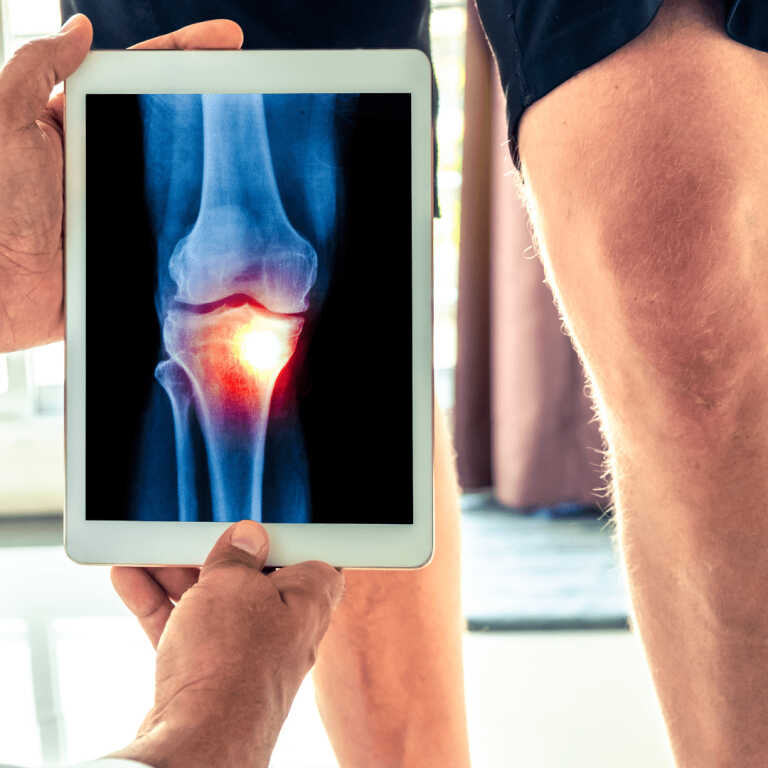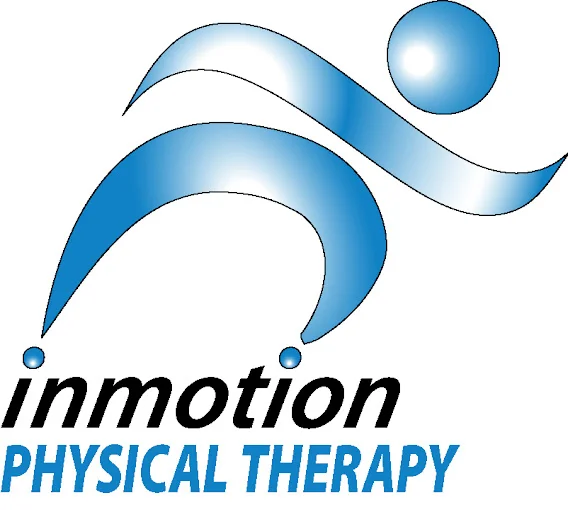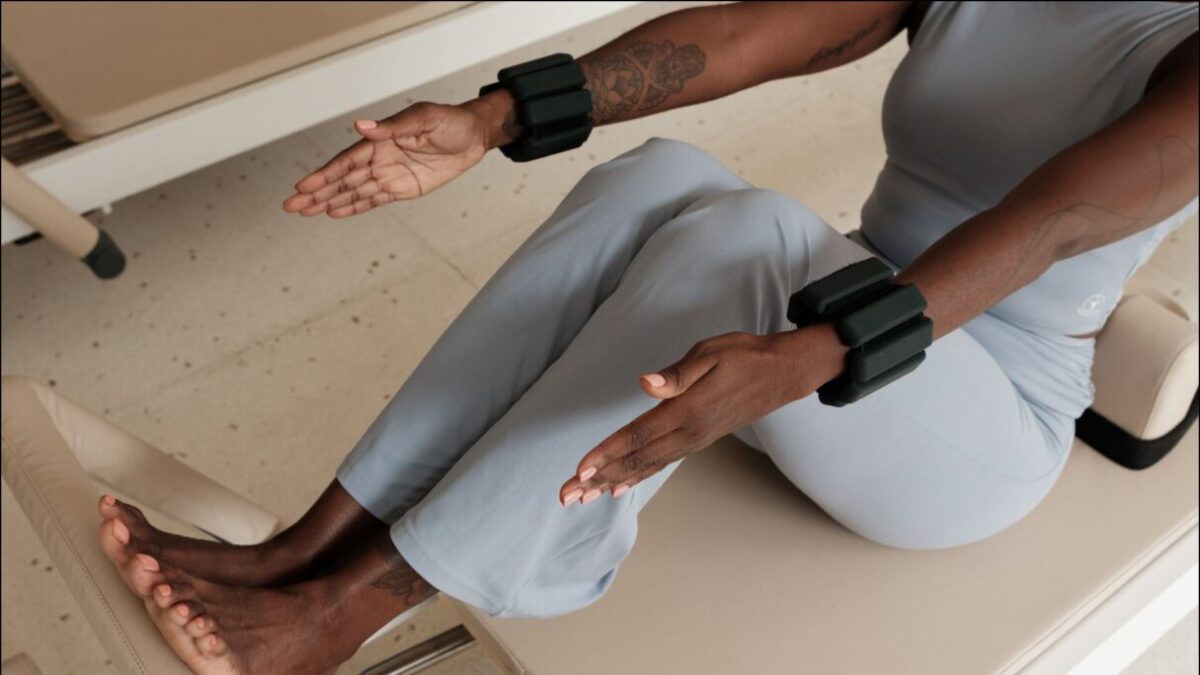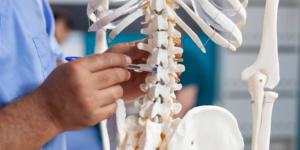The Role of Physical Therapy in Osteoarthritis Treatment: Improve your Quality of Life
Arthritis is an inflammatory disease that affects millions of people worldwide and significantly impacts their daily life. In this blog post, we are going to discuss what arthritis is, and what treatments (short and long-term) are available to manage arthritis successfully, with a focus on the role of physical therapy for osteoarthritis.
Many times as Physical Therapists, we hear: “My doctor told me I can’t squat because I have arthritis” or “Running is bad for my knees”. What if I told you that these things ARE NOT TRUE?
Let’s discuss.
Understanding Osteoarthritis
Arthritis is an umbrella term for various diseases that cause inflammation and pain in the joints. When people refer to “arthritis”, they usually are referring to Osteoarthritis which usually causes pain, swelling, and stiffness in larger joints of the body (knee, hip, etc). Meanwhile, Rheumatoid arthritis is an autoimmune disease and usually affects smaller joints such as the hand, wrist, and feet. This article will mostly focus on osteoarthritis.
Osteoarthritis (OA) is very common and affects almost 20% of the entire US population. Check it out here. The actual number of people who WOULD be diagnosed with osteoarthritis based on imaging alone is probably much higher.
Many people have degeneration in their joints but do not have symptoms! It is important to think of OA as part of the aging process, just like grey hair or wrinkles. We may not like it, but just because it is there, does not mean it is BAD!

Risk Factors for Osteoarthritis
Several factors contribute to the development and progression of osteoarthritis. These can be modifiable (things that you have control over and can change) or non-modifiable (things that have happened that you have no control over).
Modifiable
#1- Overweight
Obesity is a risk factor for developing osteoarthritis. From a mechanical standpoint, being 10 pounds overweight can increase the force on your joints by 30-60%.
According to Bliddal et al:
“Loss of at least 10% of body weight, coupled with exercise, is recognized as a cornerstone in the management of obese patients with osteoarthritis, and can lead to significant improvement in symptoms, pain relief, physical function and health-related quality of life.”
(https://pubmed.ncbi.nlm.nih.gov/24751192/)
On paper, this seems easy! In reality, it is much more difficult to lose 10% of your body weight. This is how the story usually goes:

You have pain, therefore you don’t move as much. Your activity level decreases (because it hurts to move!) and then you gain weight. Then this never-ending cycle continues. But there ARE solutions to this problem.
#2- Low Muscle Strength
Lower body strength is significantly impaired in people who have knee OA compared to their peers. It is unknown whether this is causative, however, lower muscle strength is going to lead to more force absorbed by the JOINT instead of your muscles.
Your muscles provide stability to the joints that they support. The stronger they are the more you are able to do. I am not saying you need to become the next Arnold Schwarzenegger, but improving your strength will improve your ability TO DO THE THINGS THAT YOU WANT TO DO!
Non Modifiable
#1- Age
Unless you have found the fountain of youth, your age is not something that you have any control over. Just because you are “getting older” does not mean you have to “get old”. What we will discuss are things that you can do to make yourself FEEL YOUNGER!
#2- Previous Injury
This is another risk factor for developing arthritis that you cannot change (without the help of a time machine). Unfortunately, when you get injured, your body reacts with an inflammatory response that will affect the joint for the remainder of your life. There are ways to manage this to minimize the damage, such as restoring full range of motion and improving strength (both modifiable!)
Physical Therapy for Osteoarthritis: 4 Effective Treatments
There are a few ways that Physical Therapy can help you manage arthritis.
#1- Pain Management
This is another risk factor for developing arthritis that you cannot change (without the help of a time machine). Unfortunately, when you get injured, your body reacts with an inflammatory response that will affect the joint for the remainder of your life. There are ways to manage this to minimize the damage, such as restoring full range of motion and improving strength (both modifiable!)
#2- Flexibility (Range of Motion)
A stiff joint is not a happy joint. Improving your range of motion or flexibility of your joints will allow you to move better with less pain. During the evaluation process, the PT will measure your motion in various joints. Depending on where your limitations are, they are able to prescribe stretches that are specific FOR YOU. It’s easy to go on youtube and search for stretches, the guidance of an expert in movement will save you time (and PAIN!) to make sure that you are doing the exercises that are best and most effective for you.
#3- Strength Training
As discussed earlier, muscle weakness is associated with osteoarthritis. The stronger your muscles are, the more you will be able to do. We want to increase your CAPACITY to do more for a longer period of time. The ability to do tasks like getting out of a chair and walking up stairs is directly correlated with the strength in your leg muscles.
#4- Low Impact Cardiovascular Training (Zone 2)
Zone 2 cardio training has a dramatic impact on your overall health. When we are referring to Zone 2, it is an intensity that feels “easy” and is between 60-70% of your maximum heart rate. Training in this zone improves your metabolic health. This will decrease overall inflammation in your body. You can accomplish this type of training through walking, biking, swimming, etc. Cardio training does not need to be intense to be effective. The opposite is a truer statement. The less intense your cardio training, but the more CONSISTENT, the more effective it will be for your overall health.
Your physical therapist can help you implement a cardiovascular training program to be done at home or at the gym.
Physical Therapy for Osteoarthritis: 4 Effective Treatments
#1- Lifestyle Modifications
Another way you can treat your arthritis is through lifestyle modifications. We already discussed weight loss and cardiovascular exercise. Other ways you can adjust your lifestyle to decrease inflammation are through your DIET and SLEEP.
Your physical therapist can help you implement a cardiovascular training program to be done at home or at the gym.
#2- Anti-inflammatory Medication
Anti-inflammatory medications such as NSAIDs can provide temporary relief of arthritic pain. This is best used in combination with exercise! Some people are limited in the types of medications they are able to take due to their medical history. Please consult with your healthcare provider.
#3- Steroid Shots
A steroid shot is another alternative to provide temporary relief for your osteoarthritis. This is best used in conjunction WITH EXERCISE to maximize its effectiveness.
#4- Joint Replacement
Sometimes surgery IS the best option. If you have made healthy lifestyle changes, implemented a stretching and strengthening program and have exhausted all other options a joint replacement may be the solution that you need. Technology has improved tremendously and these surgeries can be VERY effective at allowing you to return to your active lifestyle.
Each of these treatments is dependent on the individual and should be guided by your doctor.
Physical Therapy for Osteoarthritis: 4 Effective Treatments
- Arthritis is an inflammatory disease that affects your joints.
- Decreasing inflammation through weight loss, diet and exercise can be effective treatments for arthritis.
The earlier you seek treatment the better! Collaboration between all members of your healthcare team is crucial, and YOU are in charge of your health.
If you are looking for Osteoarthritis treatment in the Farmingdale, NY area In Motion Physical Therapy is here to serve your needs! We offer personalized treatments one on one with a doctor of physical therapy. Call us today at (516) 659-1087 to find out how we can work together to get you feeling like the best version of yourself.



